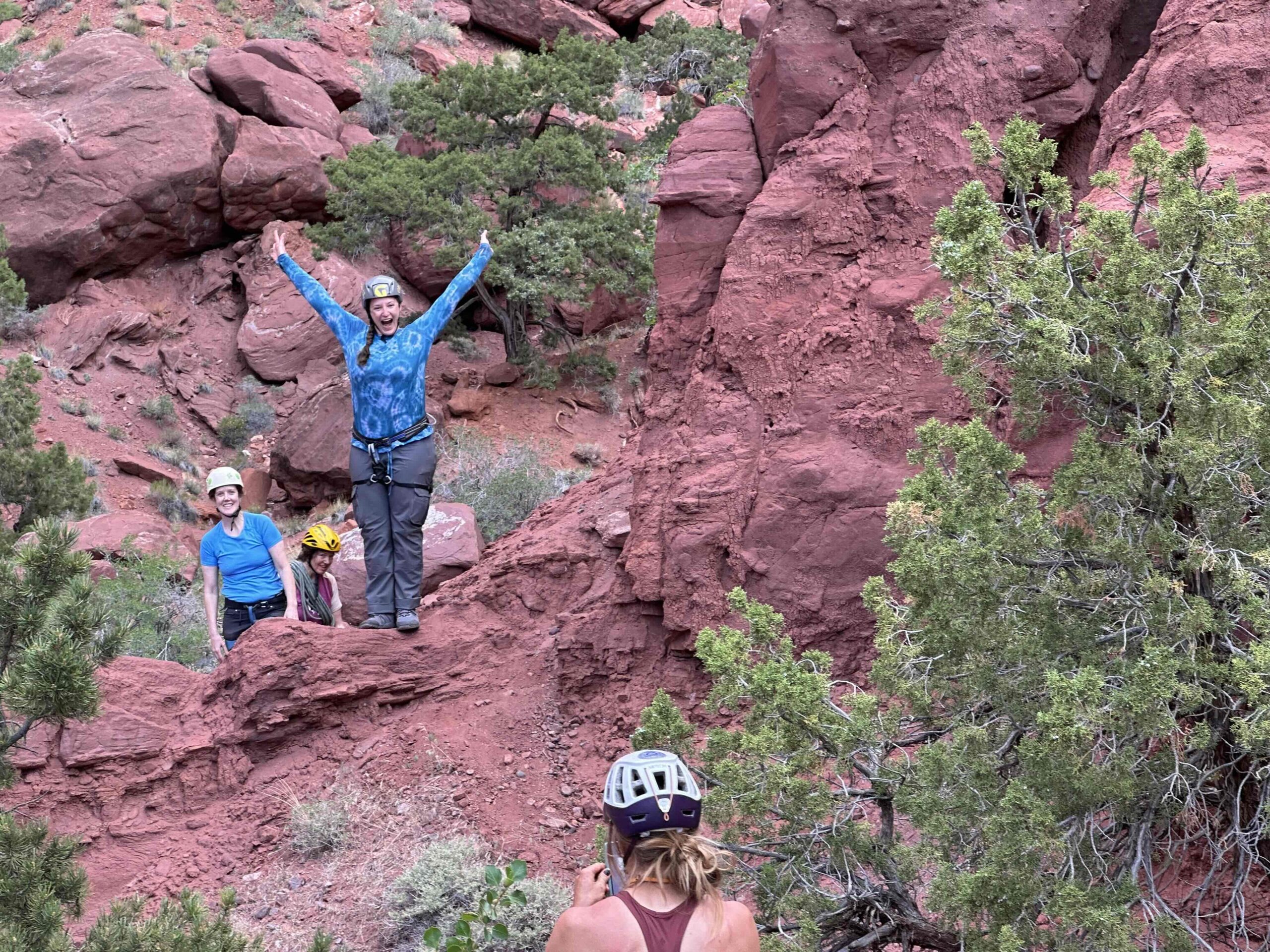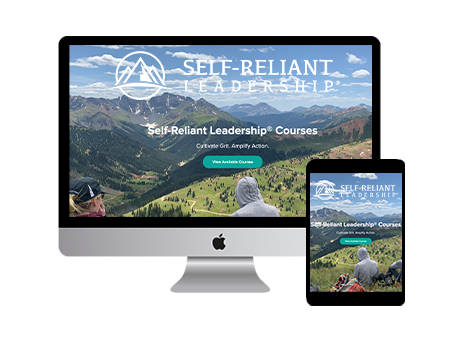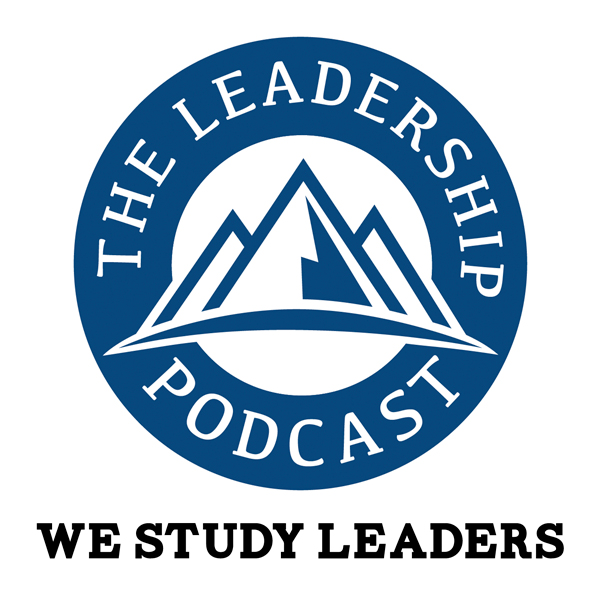I recently had the privilege of leading an expedition with six amazing men, and I’ve been racking my brain trying to process the learnings. With most teams – new or old – there is at least one breakdown that hopefully leads to a breakthrough in performance, growth, results and development. We had numerous breakthroughs, but not one came from any sort of breakdown. It’s pretty amazing that six strangers came together for four days without at least one conflict, disagreement or general agitation! It just didn’t happen, and what follows is what I have “processed” so far on why I think we had uncommon success.
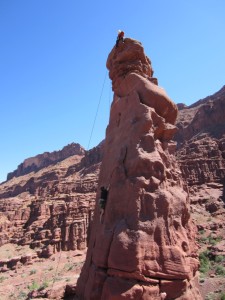 First, it’s important to understand the intended purpose of the expedition, and hypotheses.
First, it’s important to understand the intended purpose of the expedition, and hypotheses.
The location was in a remote wilderness area near Moab, Utah. It’s an intentional step away from daily routines, which can be insular, noisy, and narrow making the time for reflection and re-thinking current approaches a challenge. The Self-Reliant Leadership Crucible is designed to provide a powerful experience for executives, and foster the exchange of new ideas, and a unique opportunity to hone one’s leadership edge. The goal is to take leadership abilities to new levels in an intense, dynamic and unpredictable environment with a focus on facing adversity with resiliency, resourcefulness, clear communication, and more effective decision-making.
Through the Green Beret Foundation’s Next Ridgeline, we also bring along at least one Green Beret soldier who is leaving active duty for the business world. The goal is to expose him to business executives who can help him see that he already possesses the skills needed for today’s business challenges: Leadership, teamwork, critical problem solving skills, resourcefulness, resilience, and a high adversity quotient. One hypothesis is that the Green Beret will gain confidence while realizing the only component he’s missing is a new vocabulary. The other hypothesis is that the Green Beret will impart just as much knowledge on the other participants as they impart on him. Of course, this wouldn’t be possible without generous sponsors, and for this expedition, Western Union stepped up in a big way, and also sent their Vice President of Talent Management to participate.
Why we had uncommon success:
ONE…
The team was selected based on three criteria:
Selfless, net-givers. Each person was more concerned about how they could contribute to the development of others than themselves. Each person possesses the desire to improve their own character through the pursuit of core virtues: Wisdom | Courage | Humanity | Justice | Temperance | Transcendence.
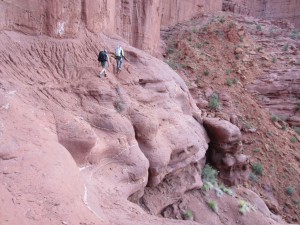 Adventurous. The participants were willing to face the edge. As Bill George stated in Authentic Leadership: “Their leadership emerged from their life stories. consciously and subconsciously, they were constantly testing themselves through real-world experiences and reframing their life stories to understand who they were at their core.”
Adventurous. The participants were willing to face the edge. As Bill George stated in Authentic Leadership: “Their leadership emerged from their life stories. consciously and subconsciously, they were constantly testing themselves through real-world experiences and reframing their life stories to understand who they were at their core.”
Heroic Aspirations. Ambitious beyond power and money with a sense of duty for their community and the world at large. They believe the best way to truly grow an organization is by developing their people.
TWO…
We spent a lot of time one-on-one prior to the expedition regarding expectations. Expectations on what gear to bring, what sort of physical preparation was needed, and each person’s role as a designated leader, peer leader (followership), and self-leader (personal responsibility). Each person came to the expedition with high expectations as a pupil, and to be a leader from the strengths they already possess. Each person was more focused on helping others accomplish their goals than working on their own agenda. This is where the virtue of humanity really shined in these individuals.
THREE…
During the expedition, we saw the three pillars of Self-Reliant Leadership (Self, Others and Organization) show up as three S’s – Self, Simple and Slow.
SELF – Take care of yourself to take care of the team. The participants quickly realized that every individual action could have a direct impact on the team. If you don’t carry enough water, you might get dehydrated, which results in a headache with cloudy judgment, irritability, and then others have to sacrifice their own water to keep the team going. Be a little too energetic about moving off trail, and a sprained ankle could mean the expedition becomes an evacuation. Being truly selfless means always considering one’s effect on the team. You have to be personally squared away in order take care of the others; and that often means making sacrifices of personal desire, comfort, ambition, and ego. We need to embrace these challenges for the lessons to be learned, and use adversity as a crucible to consistently strengthen character.
OTHERS – Simple – Effective communication is concise and stated simply. It’s the key to execution. Every single person got to the top of all three rock climbs, and many said they couldn’t have done it without the folks on the ground encouraging them, and providing very short and concise suggestions: “Step six inches to the right. Place your left foot on the ledge where your waist is.” Of course, everyone got up there all by themselves, but the encouragement was instrumental. Many of the men remarked how seldom this sort of communication and positive reinforcement happens in our work environs. Why not?
We know from engagement surveys that praise, recognition, feedback, and genuine caring cost nothing yet yield tremendous benefits to morale with a direct correlation to performance (see Jim Bersin’s great article on “Culture: Why It’s The Hottest Topic In Business Today“). The youngest member of the expedition was also the Green Beret who recently left active duty to pursue a career in business. He told us the key to an effective team in combat was the 3 C’s: Don’t Complain. Don’t Criticize. And Don’t Condemn.
ORGANIZATION. Slow – A big take-way was observing how our technical guide moved through terrain where a misstep could easily sprain an ankle – especially while bearing a heavy pack. He had a saying, “It’s not how fast you go, it’s about how few stops you make.” In other words, when you move deliberately and with purpose, you’re more assured about making steady progress in the right direction.
We had many conversations about how the experience we were having translated to the business world. Should we actually slow down to speed up? Does the team really know what’s expected of them – i.e., direction and pace? Why don’t we communicate more positively and effectively on a daily basis? Why don’t we view all of our personal decisions in the context of the effect on the team? Why don’t we invest more time in developing our people? Why are we so obsessed with activity versus the intersection of results and behavior (i.e., performance)?
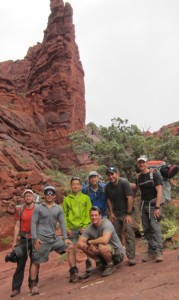 We surmised that we need to view investing time in people the same way we look at checking off things on a to-do list. As a leader, people are your primary to-do. We also realized that by slowing down, we’re going to focus on the most important priorities and give them the quality time they deserve to advance the objectives that anchor our most audacious goals.
We surmised that we need to view investing time in people the same way we look at checking off things on a to-do list. As a leader, people are your primary to-do. We also realized that by slowing down, we’re going to focus on the most important priorities and give them the quality time they deserve to advance the objectives that anchor our most audacious goals.
Step back, slow down and hear the unheard. Know the values, assumptions, beliefs, expectations, pains unexpressed, complaints not spoken, and spirit of the people you lead. Only then can you understand when things aren’t’ right, inspire confidence, and help others alter their path to create powerful futures.
By slowing down and hearing the unheard we build focus. Being focused allows us to create an inspired common purpose – based on shared values and common virtues – that binds people together.
I am thrilled to report that both our hypotheses were correct. The Green Beret did gain confidence while realizing he has much to contribute to the society for which he made untold sacrifices. He realized that camaraderie isn’t something that only soldiers can experience. He’s not afraid to ask for help, because he knows his new brothers have his back. The executives learned the Green Beret is certainly a special individual, but more similar to them than they first realized. Like them, he’s an adventurous, selfless, net-giver, and someone who possesses heroic aspirations to serve as a force multiplier for the betterment of society as whole.
It’s an honor to work with leaders who constantly ask – “For whose good do I serve?” It’s a privilege to work with leaders who possess heroic aspirations, and believe the best way to advance a cause is through the development of others.



